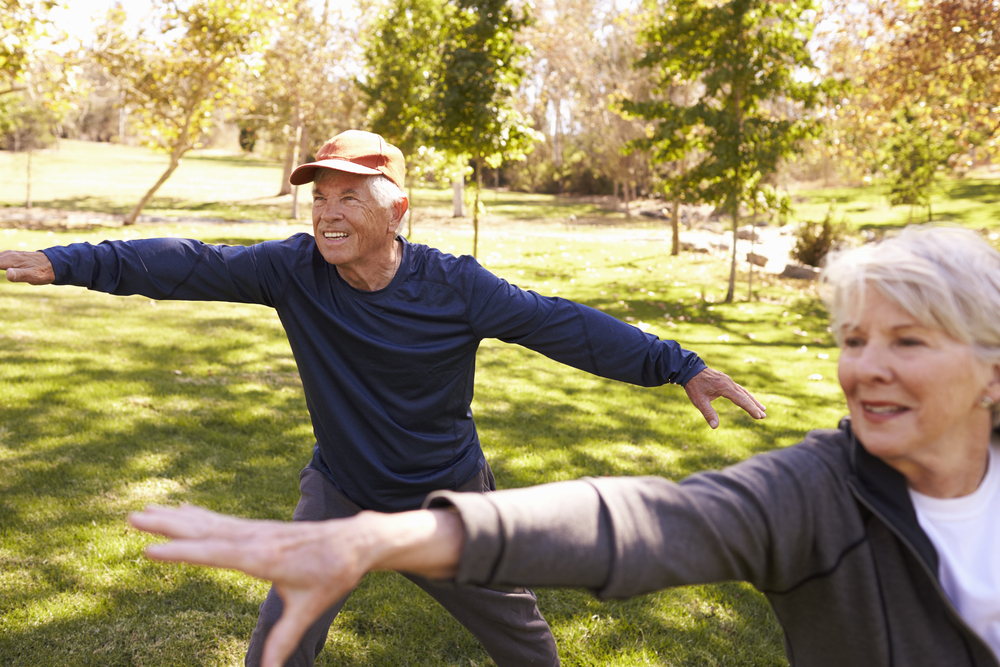7 Basic Tai Chi Exercises for Seniors
The idea of martial arts brings up visions of kicking, punching, rigorous training, and body contact. While many martial arts involve vigorous fighting techniques, there is an ancient martial art that does not promote violence or self-defense. Tai Chi is perfect for seniors and older adults who are looking for a low-impact exercise that still improves their health.

What is Tai Chi?
There is a reason why Tai Chi has been around for so many centuries. Dubbed the ‘longevity exercise’, Tai Chi is an ancient Chinese martial art that practices meditation in motion. It involves a series of movements executed in a slow, rhythmic, and focused manner combined with deep breathing. Each movement flows into the next without pausing, to ensure that the body is in constant motion.
These exercises are perfect for seniors since they are non-competitive, low impact, self-paced, and a gentle physical exercise combined with stretching of the muscles to help prevent injury. Tai Chi’s gentle and flowing actions promote relaxation, stress relief and a conscious awareness of the present.
What are the Benefits of Tai Chi?
According to the Chinese who practice Tai Chi, this exercise is capable of delaying the aging process, prolonging life, increasing flexibility, and strengthening muscles and tendons. Many practitioners also believe that Tai Chi may aid in the treatment of heart disease, high blood pressure, arthritis, skin diseases, and many other illnesses.
A meta-analysis study (a study that combined the results of many different studies) conducted on Tai Chi concluded that Tai Chi does have a positive effect on health, fitness, and balance.
Here are some of the supported health benefits of Tai Chi:
- Improves Balance
- Increases Strength and Endurance
- Reduces Stress, Anxiety, and Depression
- Reduces the Fear of Falling
- Improves Self-Confidence
- Improves Aerobic Capacity
- Enhances Quality of Sleep
- Improves Overall Well-being
Here are 7 basic Tai Chi exercises to start your routine:
Even seniors with limited movement are capable of Tai Chi. These exercises can help them stay fit without worrying about injuries caused by vigorous exercise. Incorporating Tai Chi into weekly activities can help seniors relax, rejuvenate, and keep the blood flowing.
Contact Us to Find Out More
Helping seniors stay healthy is a tenant of life at Westwind House.
